Bright Savings
Tips for Keeping Your Electric Bill Down During the Holiday Season
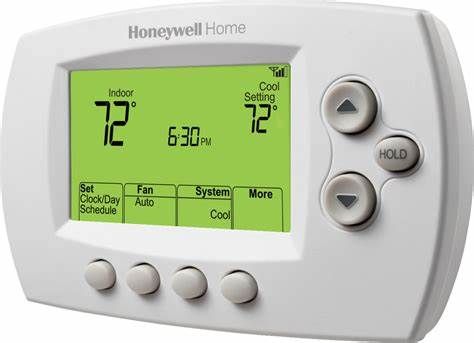
As the holiday season approaches, homes across the country light up with festive decorations, twinkling lights, and cheerful displays. While these decorations add warmth and joy to the season, they can also lead to increased energy consumption and higher electric bills. Fortunately, with a few simple strategies, you can enjoy a festive atmosphere while keeping your energy costs under control. In this blog post, we'll explore practical tips for minimizing energy usage and maximizing savings during the holiday season.
Switch to LED Lights:
- LED lights consume significantly less energy than traditional incandescent bulbs and last much longer. Consider replacing your old holiday lights with energy-efficient LED alternatives to reduce energy consumption and lower your electric bill.
Use Timers or Smart Plugs:
- Take advantage of timers or smart plugs to control when your holiday lights and decorations are illuminated. Set them to turn on at dusk and automatically switch off late at night to avoid unnecessary energy usage during sleeping hours.
Opt for Solar-Powered Decorations:
- Embrace sustainable holiday decorating by choosing solar-powered lights and decorations for your outdoor displays. Solar-powered options harness the sun's energy during the day and illuminate your home at night without relying on electricity.
Limit Decorative Lighting Hours:
- Consider scaling back the hours that your holiday lights and decorations are turned on. While it's tempting to keep them glowing all night, limiting their operation to a few hours in the evening can help conserve energy and reduce costs.
Decorate Mindfully:
- Be selective with your holiday decorations and focus on high-impact areas to achieve a festive ambiance without overloading your electrical circuits. Choose a few key focal points, such as the front porch or living room, and concentrate your decorations there.
Unplug Unused Electronics:
- When not in use, unplug electronic devices and decorations to prevent them from drawing standby power. This includes chargers, decorative lights, and other holiday gadgets that may remain plugged in even when not actively in use.
Use Energy-Efficient Appliances:
- If hosting holiday gatherings, opt for energy-efficient appliances when cooking and entertaining. Use slow cookers, microwaves, and toaster ovens, which consume less energy than conventional ovens, to prepare meals and snacks.
Seal Drafts and Insulate Windows:
- Keep warm air inside your home and reduce heating costs by sealing drafts around windows and doors. Install weather stripping, caulk gaps, and use draft stoppers to prevent cold air from entering and warm air from escaping.
Lower Your Thermostat:
- Lowering your thermostat by a few degrees can result in significant energy savings, especially when hosting guests or engaging in festive activities that generate heat. Encourage guests to dress warmly and cozy up with blankets to stay comfortable.
Practice Energy-Conscious Habits:
- Encourage family members to practice energy-conscious habits, such as turning off lights when leaving a room, using energy-efficient appliances, and conserving hot water when washing dishes or doing laundry.
By implementing these energy-saving tips, you can enjoy a festive holiday season while keeping your electric bill in check. With a little mindfulness and planning, you can create a warm and inviting atmosphere for your celebrations without breaking the bank. Cheers to a happy, energy-efficient holiday season!
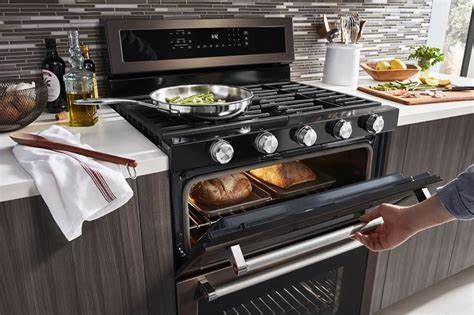

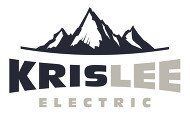

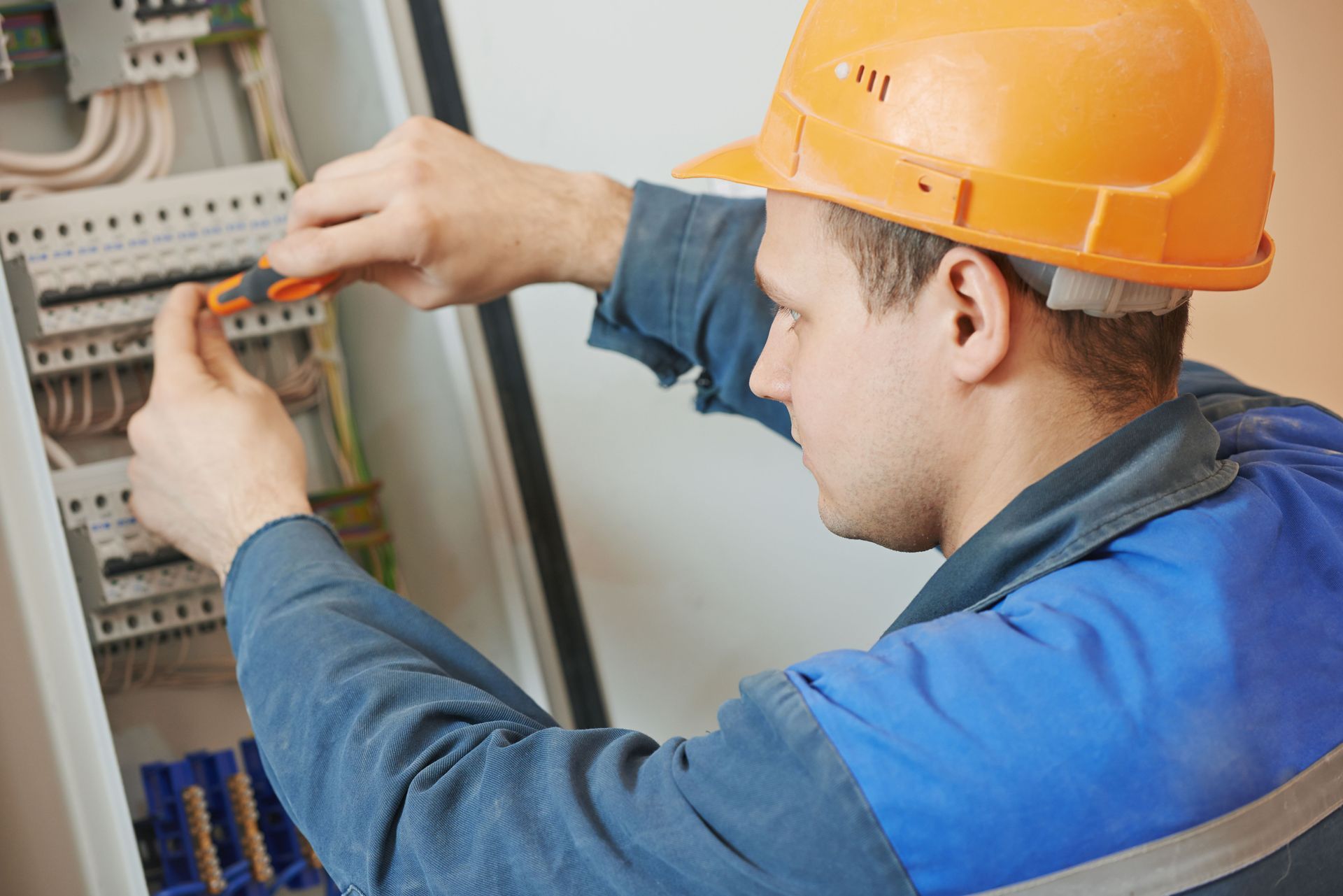
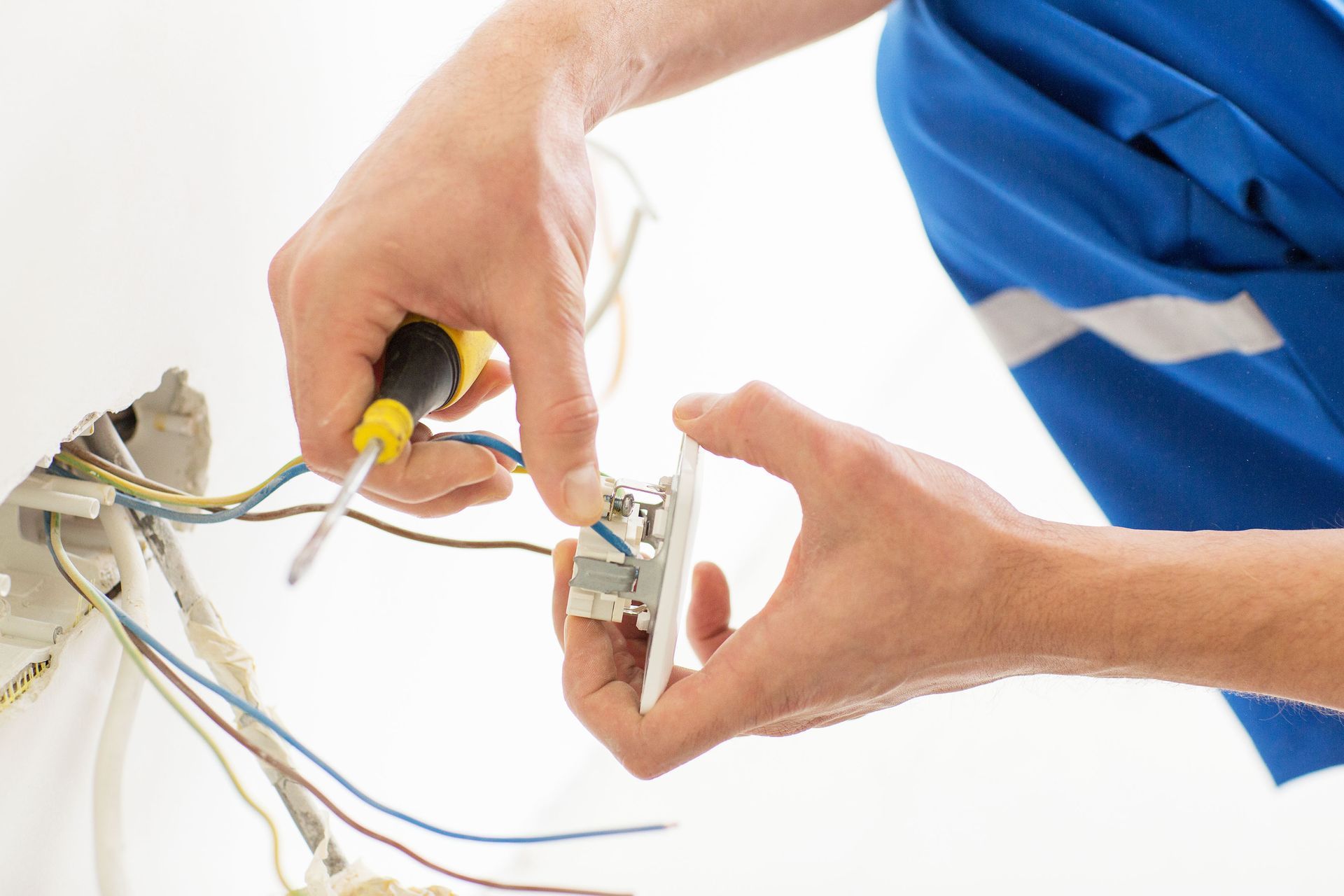
Share On: